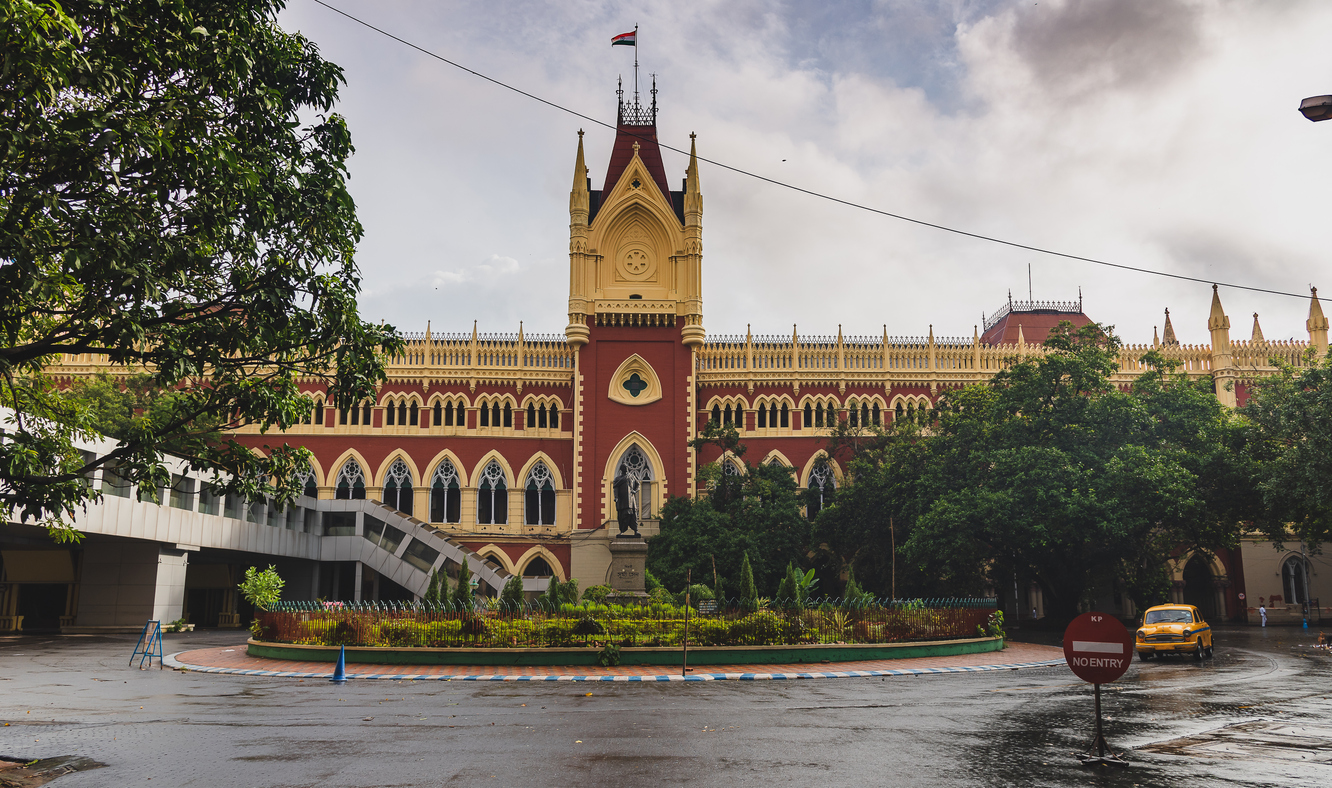
Calcutta HC judge posts lie vacant as Centre drags feet
The ever increasing vacant posts of judges are crippling the Indian judiciary, forcing a bar council to even threatens a stir,

The ever increasing vacant posts of judges are crippling the Indian judiciary, forcing a bar council to even threaten a stir if the problem is not addressed immediately.
Out of a total sanctioned strength of 1,098, the high courts are functioning with just 643 judges with over 41 per cent of posts lying vacant, resulting in a delay in disposal of cases.
One of the worst affected higher judiciaries is the Calcutta High Court, the oldest high court in the country.
According to latest data released by the Ministry of Law and Justice as of August 1, the high court has 41 posts of judges lying vacant, which is 56 per cent of its total strength of 72.
The shortage of judges is leading to the pendency of cases, which has now spiralled to 2,66,201.
“The growing vacancy of judges is not a problem of the higher judiciary alone. Even the lower courts are facing similar problems,” said out Ashok Kumar Deb, the chairman of the Bar Council of West Bengal.
“We have been repeatedly urging the central government to fill the vacancies urgently. But all our pleas have fallen on deaf ears. We have now informed the government that we will be compelled to go for agitation if the vacancies are not filled up immediately,” Deb said.
Also read: Narada case: Calcutta High Court grants bail to four Trinamool leaders
Names of seven judicial officers were recommended by the Supreme Court collegium for appointment as judges to the high court in February, according to high court sources. However, none of the names has been cleared by the central government yet.
Pointing out that delay in appointment of judges has led to a “crisis situation” in various high courts, the apex court in April this year fixed a time frame for each stage of the processing of names for appointment of the high court judges.
The Supreme Court said that after high courts send their recommendations to the Union Ministry of Law and Justice, the Intelligence Bureau should not take more than eight weeks to give its inputs on the proposed names to the ministry.
After receiving the inputs from the IB, the Centre should process the names within eight to 12 weeks, and send them to the Supreme Court collegium, the apex court said, breaking the timeline. The Supreme Court collegium led by the Chief Justice of India will then send its final recommendations in the next four weeks. The recommendations will then be put up before the Prime Minister, who will advise the President on the matter of appointment. Thereafter the appointment should be made within three to four weeks, the apex court said.
However, despite setting up the timeline, the Centre continues to delay appointing judges.
Even the Supreme Court has eight vacancies as of August 1 against its sanctioned strength of 34 judges.
Also read: Virtual courts bring lawyers, litigants face to face with technology, its flaws
What is more alarming is that the vacancies are increasing steadily. In July, the total number of vacant posts of judges in high courts was 449. In June the number was 430. Now in August, the number of vacant posts increased to 455.
A former Union minister and senior Congress leader in a recent tweet said that there was no dearth of lawyers and judges qualified to fill these vacancies in the country, but the government is failing to fill the vacancies as it’s “looking for persons who will sympathise with its retrograde philosophy and ideology.”


